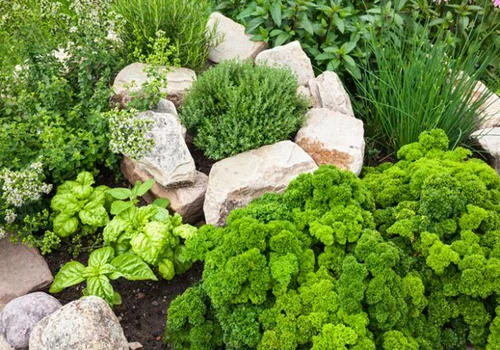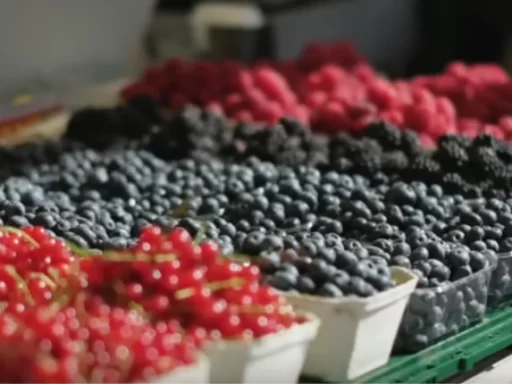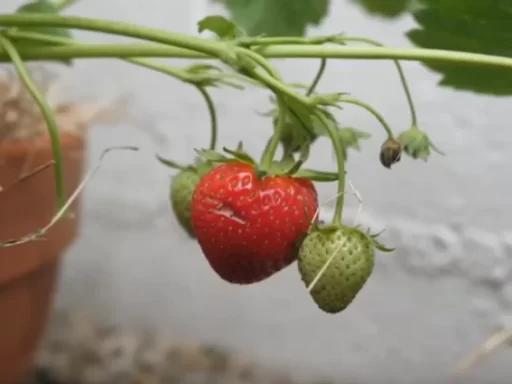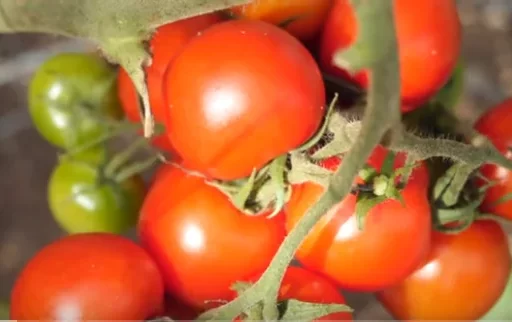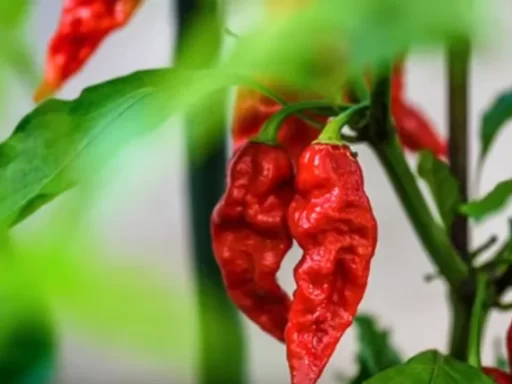With the rising cost of living and increased awareness of sustainable living, the urgency to grow our own food has reached new heights. Growing your own vegetables not only helps in reducing grocery bills but also ensures that you have access to fresh, healthy produce year-round. This article will walk you through five essential crops that are easy to grow, nutrient-dense, and perfect for saving money. Whether you have a full garden or just a few containers, these crops are worth considering.
Why Growing Your Own Food is Important
The benefits of growing your own food extend beyond just financial savings. Homegrown crops are typically fresher and free from harmful pesticides. Moreover, gardening promotes physical activity and brings a sense of fulfillment and connection to nature. As we discuss the following crops, you’ll see how easy it is to grow food that nourishes both body and wallet.
1. Squash: The Dual Season Staple
Why Grow Squash? Squash tops our list because of its incredible productivity and storage potential. Squash comes in two main types: summer squash and winter squash. Both varieties are highly nutritious and easy to grow, but they serve different purposes in your food-growing efforts.
Summer Squash
Summer squash, which includes zucchini or courgettes, is incredibly productive. These plants produce continuously throughout the summer, making them an essential crop for any home garden. If you’ve ever had neighbors eagerly offering you zucchinis, it’s because summer squash grows in abundance!
Winter Squash
On the other hand, winter squash varieties like pumpkins are harvested at the end of the growing season. They store exceptionally well, often lasting through the winter months, providing nutrient-dense options like soups and stews during leaner times.
How to Grow Squash
- Planting Time: Sow seeds indoors in early spring and transplant them after the last frost.
- Space and Care: Squash plants need plenty of space, rich soil, and regular watering. One large container can support a single plant, but garden beds are ideal.
- Harvest: Expect to harvest summer squash throughout the season, while winter squash will be ready for picking in early fall.
A small garden can yield about $32 worth of zucchini or $15 worth of winter squash in a single season.
2. Beets: A Dual-Purpose Root Crop
Why Grow Beets? Beets, also known as beetroot, are a versatile and nutrient-packed crop. Not only do they provide sweet, delicious roots, but the leaves are also edible and can be cooked like spinach. Beets are quick to grow, pest-resistant, and rich in nutrients like fiber, vitamin C, and potassium.
How to Grow Beets
- Planting Time: Sow seeds directly in the ground or in containers about a foot apart.
- Care: Keep the soil moist to encourage rapid root growth and reduce the risk of bolting (premature flowering).
- Harvest: Beets can be harvested in as little as 10 weeks. If planted in succession, you can enjoy multiple harvests throughout the growing season.
In a small raised bed, you can grow around 42 beet plants, saving approximately $34 over the course of a season.
3. Kale: The Winter-Ready Superfood
Why Grow Kale? Kale is packed with vitamins and minerals, making it one of the most nutrient-dense crops you can grow. It’s also one of the few leafy greens that thrive in colder months, providing fresh produce even when other plants have stopped growing. Kale is easy to grow, resilient, and requires minimal care.
How to Grow Kale
- Planting Time: Start seeds indoors and transplant them outdoors in early spring or late summer.
- Space and Care: Kale grows best in cooler temperatures and can be grown in containers or raised beds. Keep it well-watered for optimal growth.
- Harvest: Pick the outer leaves first, allowing the inner leaves to continue growing. This method will give you a steady supply of kale for months.
A single raised bed of kale can yield a grocery savings of around $37.
4. Beans: The Protein Powerhouse
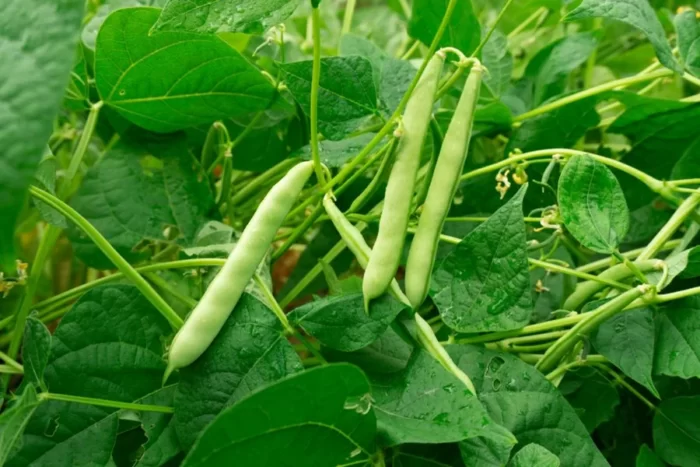
Why Grow Beans? Beans are an excellent source of plant-based protein, fiber, and other essential nutrients. There are many types of beans, from dwarf varieties to climbing beans, and they are incredibly space-efficient. Whether you’re growing bush beans in a small pot or climbing beans in a garden, beans can thrive in various conditions.
How to Grow Beans
- Planting Time: Beans can be sown directly into the soil or started in pots. Once the frost danger has passed, transplant them outdoors.
- Space and Care: Climbing beans need support, such as a trellis or bamboo teepee, while bush beans can grow in smaller spaces.
- Harvest: Keep harvesting beans regularly to encourage more growth throughout the summer and early fall.
A raised bed of beans can yield up to $54 worth of produce, making it one of the most cost-effective crops to grow.
5. Peppers and Tomatoes: A Versatile Duo
Why Grow Peppers and Tomatoes? Peppers and tomatoes are closely related and share similar growing conditions. Both are highly versatile in the kitchen and can be used in countless dishes. Although they may require a bit more care, their high market prices make them worth the effort.
How to Grow Peppers and Tomatoes
- Planting Time: Start seeds indoors in early spring and transplant them outdoors after the last frost.
- Space and Care: Peppers grow best in pots, especially in cooler climates, while tomatoes need support and regular watering. Both thrive in nutrient-rich soil.
- Harvest: Expect to harvest peppers and tomatoes throughout the summer, with peppers often continuing into early fall.
In an average garden, peppers can save you about $80, while tomatoes can save around $66.
Bonus Crop: Herbs
Why Grow Herbs? Herbs like basil, rosemary, thyme, and parsley are easy to grow and require little space. They’re often sold in small, expensive packets at the store, so having fresh herbs at hand will save you both money and time. Herbs can be grown in small containers or garden beds.
How to Grow Herbs
- Planting Time: You can plant herbs in the spring and enjoy multiple harvests throughout the growing season.
- Space and Care: Herbs require little more than regular watering and occasional trimming. They can grow in pots on your windowsill or in your garden.
Frequently Asked Questions (FAQs)
1. What are the easiest vegetables to grow for beginners?
Squash, kale, beans, beets, and herbs are great options for new gardeners because they are low-maintenance and highly productive.
2. How much money can I save by growing my own food?
The savings depend on the crops you grow, but on average, you can save hundreds of dollars each season by growing vegetables like squash, beans, and peppers.
3. Can I grow these crops in containers?
Yes, all of the crops mentioned can be grown in containers, making them perfect for small spaces like balconies or patios.
4. When should I start planting my crops?
Most crops can be started indoors in early spring and transplanted outdoors after the last frost. Timing varies based on your climate.
5. How do I store my harvest to make it last longer?
Many vegetables like winter squash and beans store well when dried, frozen, or canned. Squash, for instance, can last through the winter in a cool, dry place.
6. How do I improve my soil for better yields?
Adding compost or organic matter before planting will enrich your soil and promote healthy plant growth.
7. What tools do I need to start gardening?
Basic tools include a hand fork, rake, watering can, and possibly a hoe for weeding. Gardening can be done with minimal equipment, especially in small spaces.

